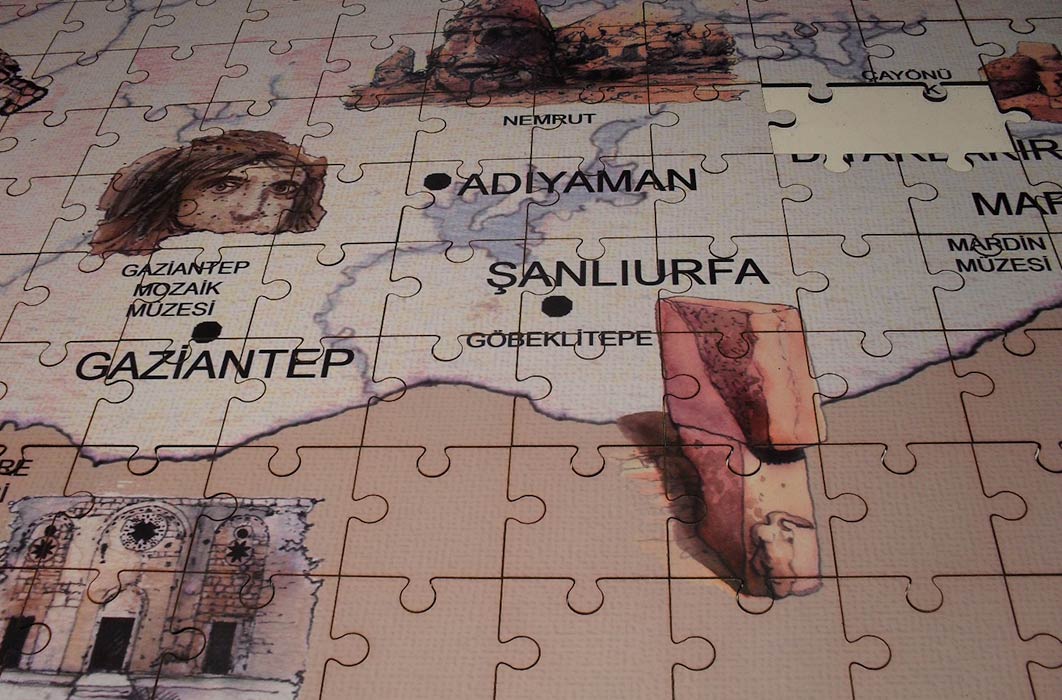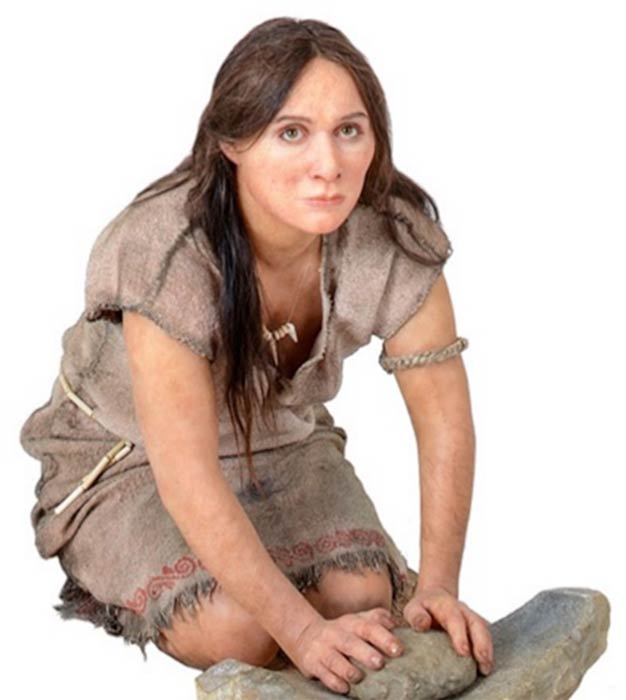
Ancient Gods In Anatolia: Founders Of The Neolithic Era
Almost 12,000 years ago, in the remote recesses of Anatolia, today's southeast Turkey, something happened that, seemingly overnight, completely changed the course of human evolution. Far flung bands of hunter-gatherers who previously had wandered the landscape, existing day to day by foraging from whatever nature provided, suddenly gathered in one place, organized themselves into a work force, built huge megalithic structures for what seems to be religious purposes, and invented agriculture, giving birth to what is now called civilization. But some pieces of the puzzle are missing. Why did they do it? What motivated them? How did they learn so much so fast? The fact that something drastic occurred is recorded in the archaeological record.

Egyptians with domesticated cattle and corn circa 1422-1411 BC ( Public Domain )
Everything mankind experiences today in terms of a common world-wide system of physical infrastructures and political organizations, everything known about farming and raising animals for food, everything practiced when it comes to specialized labor, including every time a child is asked what he or she wants to become when they grow up, every church, mosque, temple, or house of worship passed in the course of a day's travel, even a modern worldview - all began on the plains of Anatolia almost 12,000 years ago. It marks what is called the birth of civilization, and no one knows what happened to spark its appearance.
The Neolithic Agricultural Revolution
Called the Neolithic (New Stone) Age, or the Agricultural Revolution, it changed modern man. It has only been known since 1994 when and where it happened at all - before the discovery of Göbekli Tepe it was assumed that the discovery of agriculture took place in Mesopotamia and Egypt, some 6,000 years ago. But the trigger that set the human species off on a whole new path, is still undiscovered.

Reconstruction of a Neolithic woman, with a grinding stone (Trento science museum) (CC BY-SA 3.0)
There have been many theories set forth, of course. Some attribute the revolution to visitors from the heavens. The Ancient Alien theory postulates celestial entities that jump-started human civilization for any number of reasons, ranging from sheer altruism to selfish ambition. These theories have their basis in ancient mythology that first came to public attention with Zecharia Sitchin's translations of Sumerian texts that speak of Anunna gods from the heavens and their interaction with primitive human beings.
Another theory involves the slow but steady process of natural, cultural evolution, sparked by jumps and fits of punctuated innovative brilliance that were recognized and adapted by existing populations. According to those who espouse this way of thinking, Göbekli Tepe was simply one of these leaps of human invention. Both theories have followers and defenders, but one that seems to be gaining steam at the moment involves a cross-disciplined approach involving astronomy, geology, mythology, and human migration patterns.
Visitor From Heaven
It begins with a visitor from the heavens. Not of the alien entity variety, but a comet. About 12,800 years ago the earth was slowly but surely warming its way out of the last in a series of ice ages. Spring was about to descend upon the planet. Then, suddenly and inexplicably, everything changed. A new Ice Age called the Younger Dryas gripped the world in its unrelenting grasp. It lasted for more than a thousand years. But 11,600 years ago, the Younger Dryas Ice Age abruptly ended, with rapid and, in some cases, catastrophic results. It marked the end of the great mega fauna — the mastodons and saber-tooth cats, giant beaver and ground sloths as big as elephants. Severe flooding, caused by the rapid meltdown of glaciers, wrought havoc all over the world. Legends galore, including two of the most famous of all, Plato's Atlantis tradition and the Genesis Flood, remember this tumultuous time. They speak of long-lost civilizations that came to a terrifying end.





